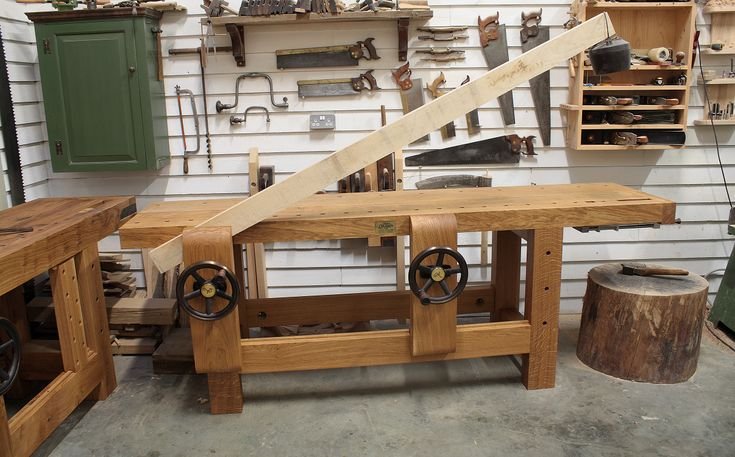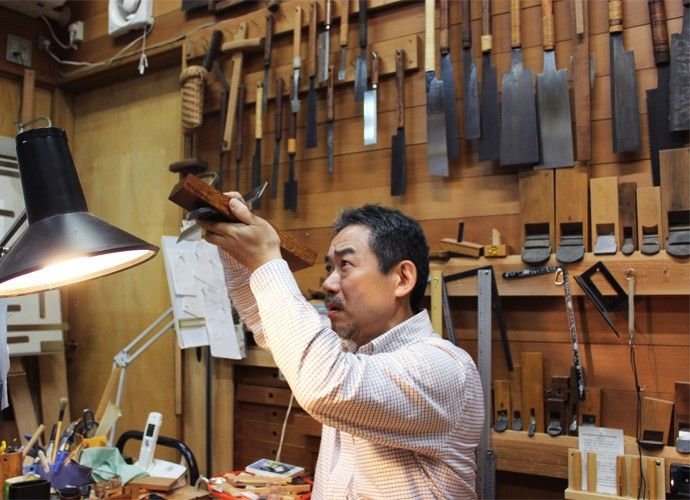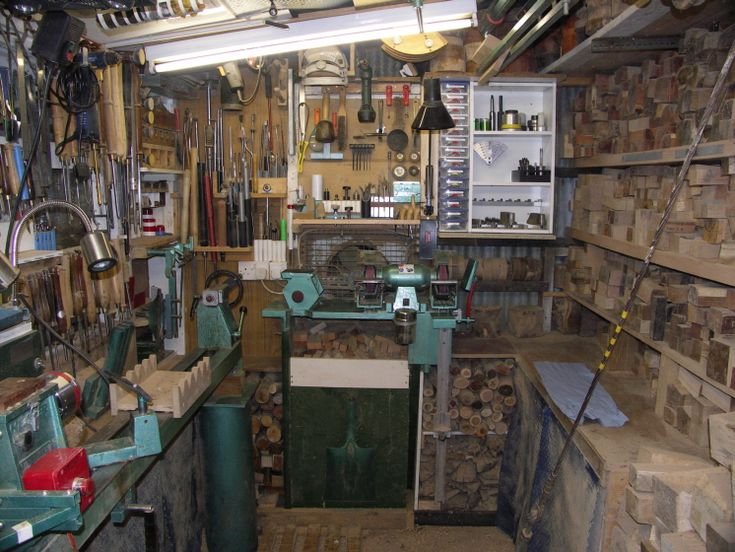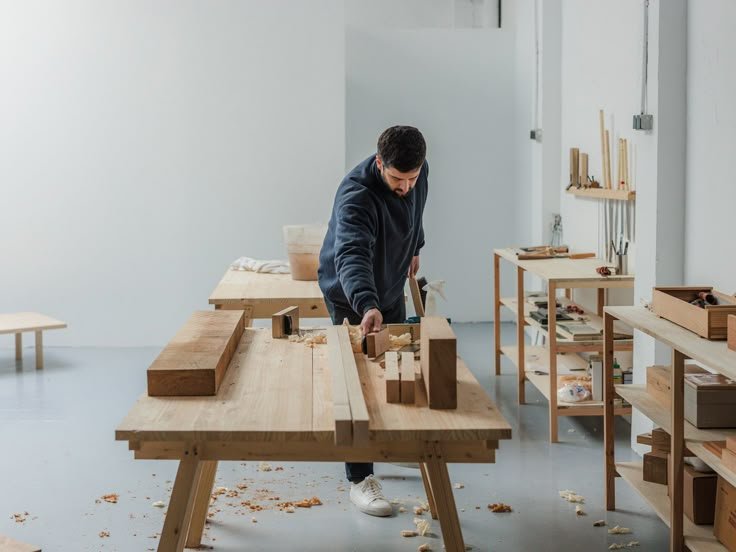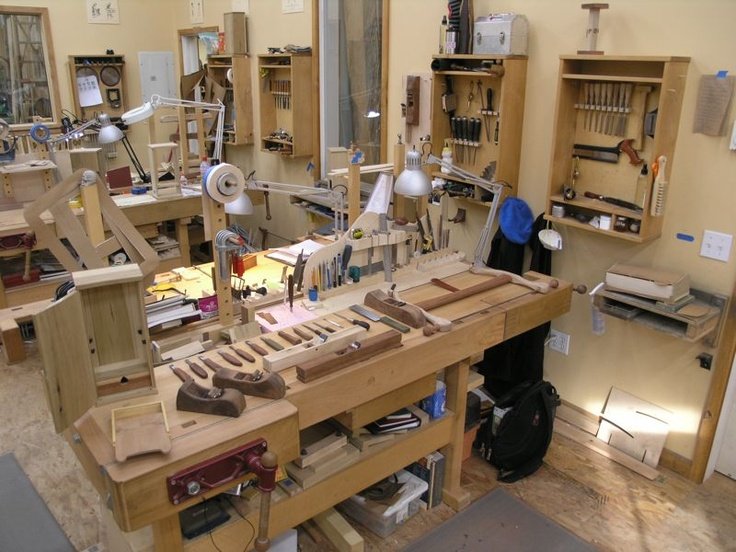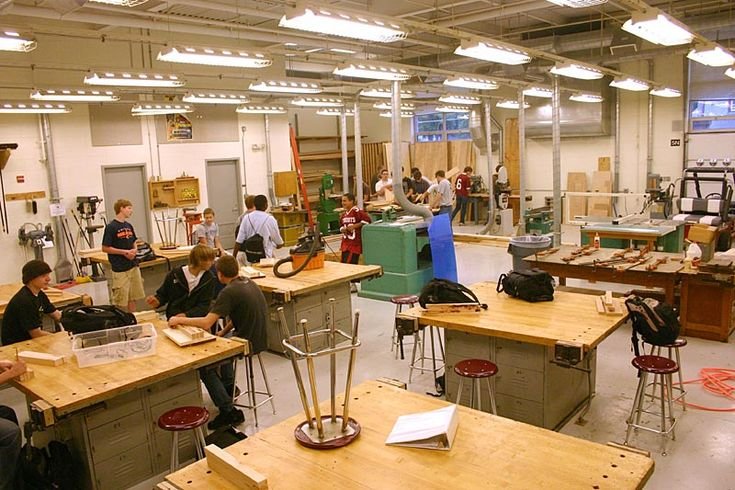A Woodworker’s Journey with an Angle Gauge
So, picture this: it’s a rainy Saturday morning in my little town, the kind of day that makes you want to stay in your pajamas all day and drink coffee until you float away. But no, I’ve got a project brewing in the back of my mind. I’ve been itching to build a new bookshelf for the living room. The old one—bless its heart—has seen better days and is now just a shabby relic that my wife keeps asking me to replace.
Now, I consider myself a decent woodworker, but let me tell you, I’ve had my fair share of mess-ups. That day, I decided to finally give in to all the hype about digital angle gauges. You know, those nifty little tools that promise to make everything easier, especially when trying to get perfect miters and bevels. So, I plopped down some cash for one—it’s an AccuMaster, nothing fancy, but I’d heard good things.
The Surprise of New Tools
When I unboxed it, there was a part of me that got a little too excited. The smell of fresh, polished metal and that faint whiff of electronic components—it just makes a person feel like they’ve stepped into the future, right? I pictured myself, angle gauge in one hand, wood in the other, crafting a flawless bookshelf that would make my neighbors jealous. Yeah, I was dreaming big.
So, I clipped it onto my piece of cherry wood. Ah, cherry! That beautiful, reddish-brown color… there’s just something magical about it. The way the grain flows is like nature‘s artwork. I took a moment, traced my fingers along the smooth surface, and then set to work.
But then came the hiccup. I, of course, completely ignored the instructions. Why bother with those pesky details? I mean, I’ve been woodworking for years! Well, I was proud, confidently setting the angle at 45 degrees for those gorgeous corner joints I envisioned. When I cut—oh boy—let’s just say it looked more like a “what-not-to-do” demonstration than a beautiful piece of furniture.
The Moment of Truth
After the first failed cut, I almost threw in the towel. I was sitting there, sawdust all over the ground, the musty smell of fresh-cut wood hanging in the air, feeling like I’d just failed a final exam. You know that feeling when you just want to chuck everything out the window? Yeah, that was me. I leaned against my workbench, scratched my head, and thought, “What happened? I was supposed to look like a pro!”
But I took a deep breath, leaned in closer to that angle gauge, and honestly, I was surprised. I hadn’t zeroed it out properly before starting. I mean, come on! It’s such a simple thing, almost embarrassing that I overlooked it. After giving myself a much-deserved mental slap, I recalibrated the gauge and tried again.
And when I made that next cut, it fit snugly. I could’ve danced a jig right there! So, I spent the next few hours, cutting and measuring, checking and double-checking, and that little angle gauge suddenly became my best friend. There’s something satisfying about technology in woodworking—it’s like using a bit of magic to solve a problem that once felt insurmountable.
The Adrenaline of Creating
As the day wore on, I started to find my groove, and that sense of purpose filled the air. Every time I saw those joints fitting together, like pieces of a puzzle, I was reminded of why I love woodworking. I could hear the satisfying “snick” of the saw cutting through the cherry and the whir of my router as I shaped the edges. That rhythm, combined with a pot of coffee brewing in the background, made for an afternoon well spent.
But I won’t lie; there were moments when my patience was running thin. Every now and then, a miscalculated angle would pop up, and I’d have to remind myself that this isn’t a race. Every piece of wood has its quirks, just like us, and just because I had the best tools didn’t mean that I was immune to mistakes.
A Little Extra Care
Eventually, the shelving unit came together, and as I stood back to admire my handiwork, I realized this little digital angle gauge did more than promise precision; it had helped me reconnect with the process. It had guided me through the journey of learning, of adapting. I couldn’t help but chuckle—here I was, at the end of a long day with a bookshelf that was exactly what I envisioned, if not better.
You know, sometimes I wish someone had told me earlier how important these little tools could be. It’s easy to think we can manage without them when, in fact, they can make all the difference. So, if you’re thinking about diving into woodworking or trying out one of these angle gauges, just go for it! Get your hands on one, take it for a spin, and don’t shy away from making mistakes. Trust me, your future self will thank you. And who knows? You might just end up with a cherry bookshelf that makes you smile every time you pass it—like I do with mine.

